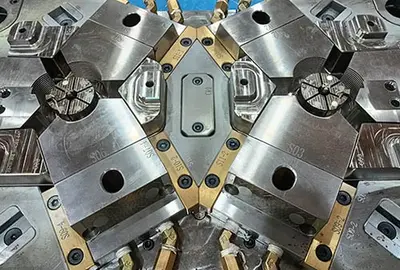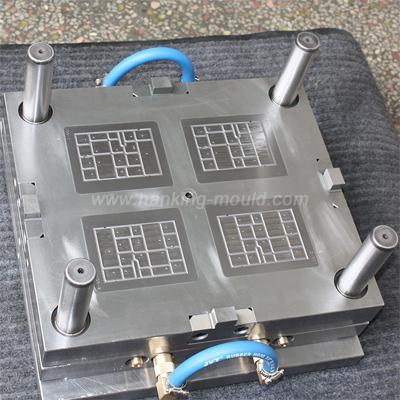

Plastic has become a staple in the automotive industry, and for good reason. Plastic is a versatile material that can be molded into almost any shape or size, making it ideal for creating car parts. Plastic parts are lightweight, durable, and cost-effective, making them a popular choice for manufacturers. However, making plastic parts for cars is a complex process that requires a deep understanding of the material and the manufacturing process.
In this comprehensive guide, we will explore the steps involved in making plastic parts for cars. We will cover the materials used, the different manufacturing processes, and the tools and equipment needed to get the job done. Whether you're an automotive manufacturer or just looking to create your own plastic car parts, this guide will provide you with the knowledge and tools you need to get started.
There are many different types of plastic used in the automotive industry, each with its own unique properties and benefits. Some of the most commonly used materials include:
Acrylonitrile Butadiene Styrene (ABS)
Polycarbonate (PC)
Polyethylene (PE)
Polypropylene (PP)
Polyvinyl Chloride (PVC)
Each of these materials has its own unique properties and benefits, making them suitable for different applications. For example, ABS is a popular choice for car parts due to its strength, durability, and heat resistance. Meanwhile, PC is often used for clear parts such as taillights or headlights, due to its transparency and impact resistance.
There are several different manufacturing processes used to make plastic parts for cars, each with its own advantages and disadvantages. Some of the most commonly used processes include:
Injection Molding
Blow Molding
Vacuum Forming
Extrusion
Injection Molding is one of the most popular processes for making plastic parts for cars. This process involves melting plastic pellets and injecting them into a mold, where they are allowed to cool and solidify. The resulting part is then removed from the mold and finished as needed. This process is ideal for making large or complex parts, as it allows for intricate details and precise tolerances.
Blow Molding is another popular process used to make plastic parts for cars. This process involves heating a tube of plastic until it becomes pliable, and then using air pressure to blow it into a mold. The resulting part is then cooled and removed from the mold. This process is ideal for making parts with large hollow areas, such as fuel tanks or air ducts.
Vacuum Forming is a process used to make parts with shallow details, such as dashboard covers or door panels. This process involves heating a sheet of plastic until it becomes pliable, and then using a vacuum to draw it into a mold. The resulting part is then cooled and removed from the mold.
Extrusion is a process used to make long, continuous parts such as weather stripping or window seals. This process involves heating a plastic material and forcing it through a die, where it is cooled and cut to length.
Making plastic parts for cars requires a wide range of tools and equipment, including:
Injection Molding Machine
Molds
Plastic Pellets
Oven
Vacuum Forming Machine
Extruder
Die
Cutting Equipment
The specific tools and equipment needed will vary depending on the type of plastic and the manufacturing process used. For example, if you are using the injection molding process, you will need an injection molding machine, molds, and plastic pellets. If you are using the vacuum forming process, you will need a vacuum forming machine, a mold, and an oven.
In addition to these tools and equipment, you will also need a range of other supplies and materials, such as release agents, cutting tools, and measurement devices. You will also need a workspace that is clean, well-lit, and equipped with the necessary power and ventilation to safely operate the equipment.
Making plastic parts for cars is a complex and challenging process, but with the right tools, equipment, and knowledge, it can be a rewarding and satisfying experience. Whether you're an automotive manufacturer or simply interested in creating your own plastic car parts, this guide provides a comprehensive overview of the materials, processes, and tools involved.
By understanding the materials used, the different manufacturing processes, and the tools and equipment needed, you can make informed decisions and choose the best approach for your specific needs. With the right knowledge and experience, you can create high-quality, durable, and cost-effective plastic parts for cars that will meet your unique requirements and exceed your expectations.
Friendly link Draco Free General Web Directory.






 Call us on:
Call us on:  Email Us:
Email Us:  1st Floor, Block1, No.3 Beiting Road, Houting Community, ShaJing Street, Bao'An District, Shenzhen City, Guangdong Province, China
1st Floor, Block1, No.3 Beiting Road, Houting Community, ShaJing Street, Bao'An District, Shenzhen City, Guangdong Province, China